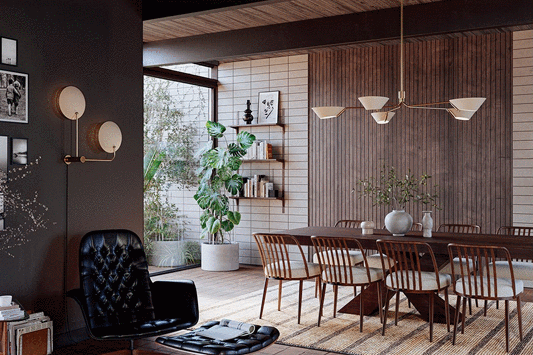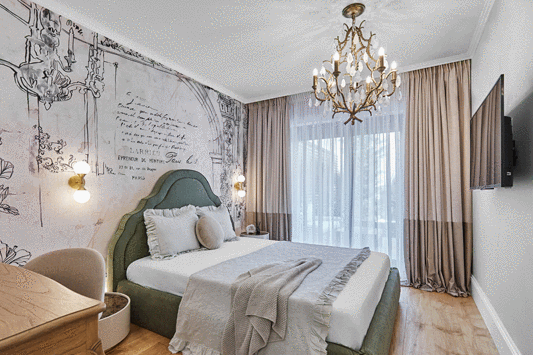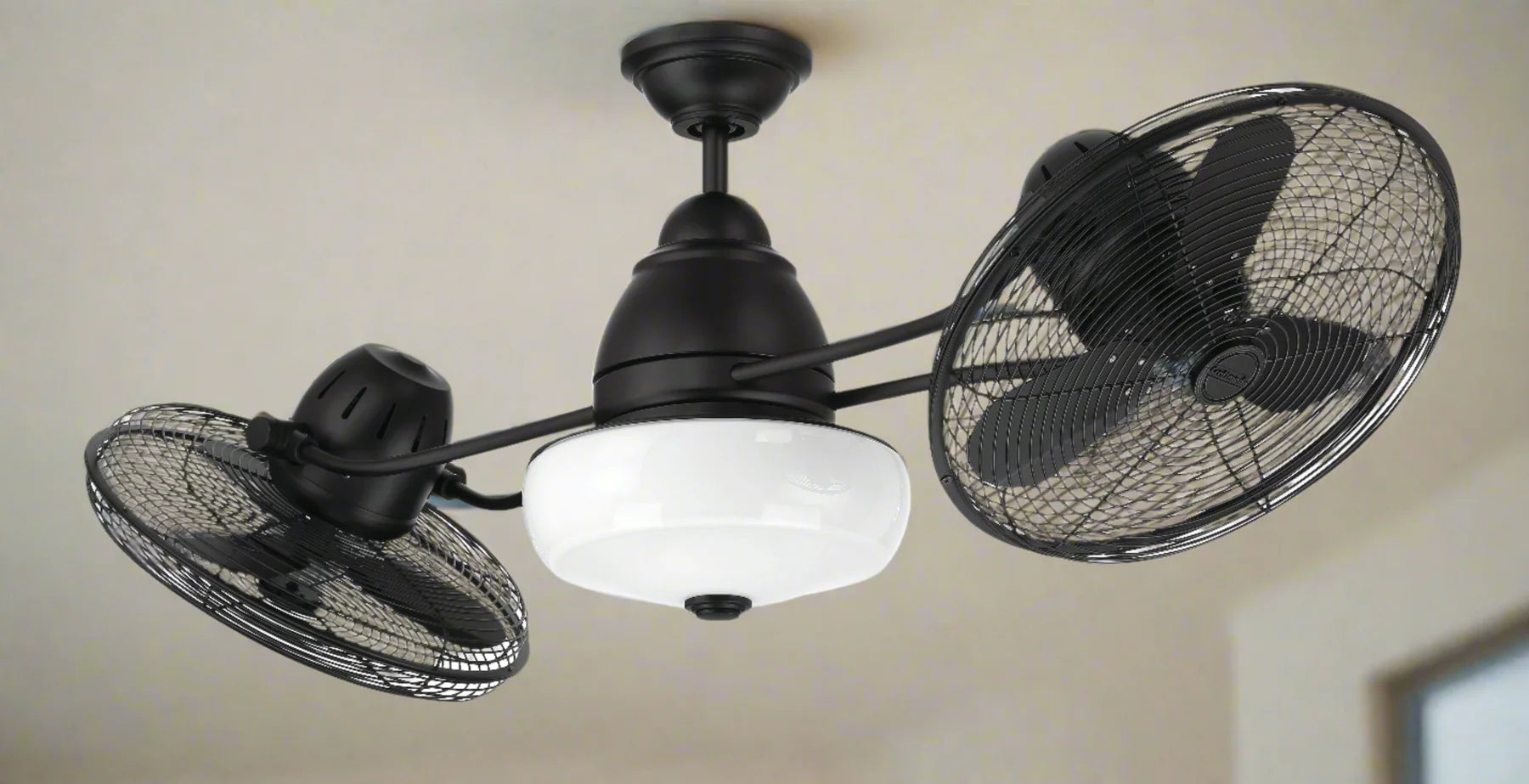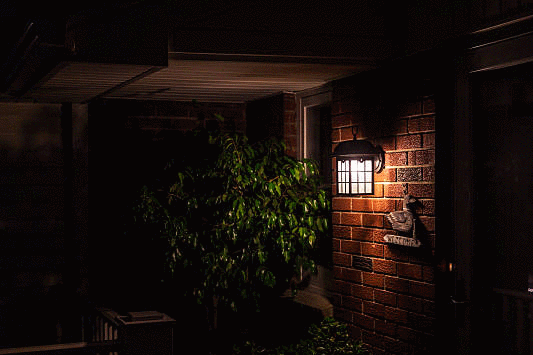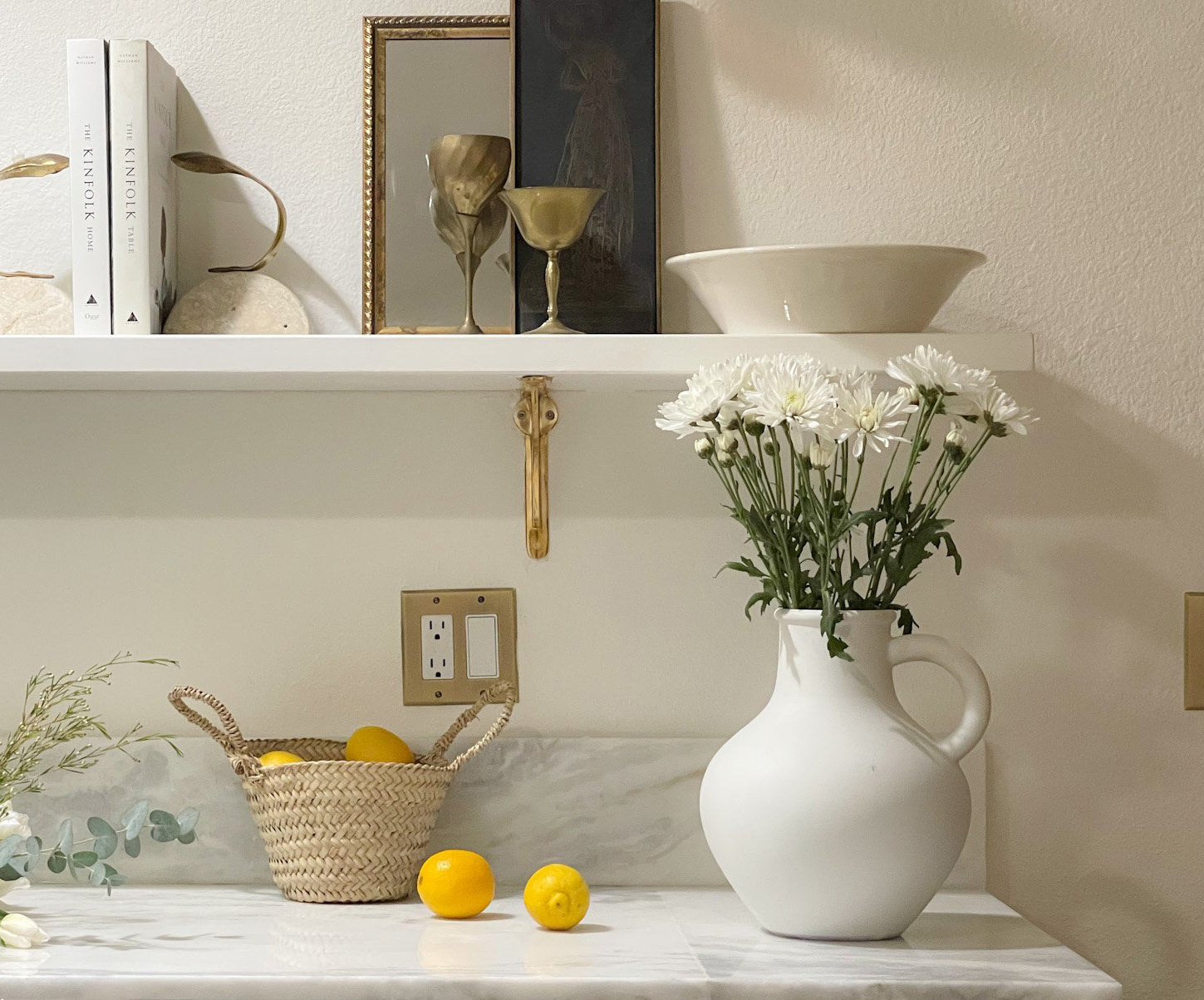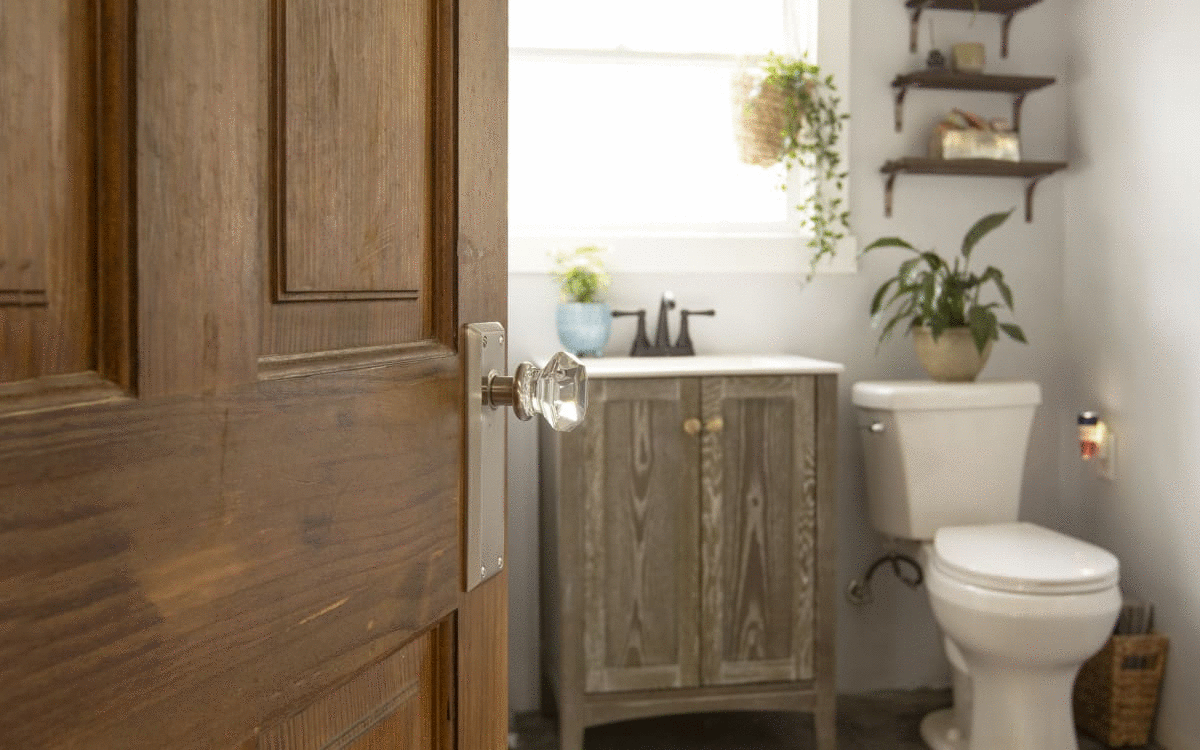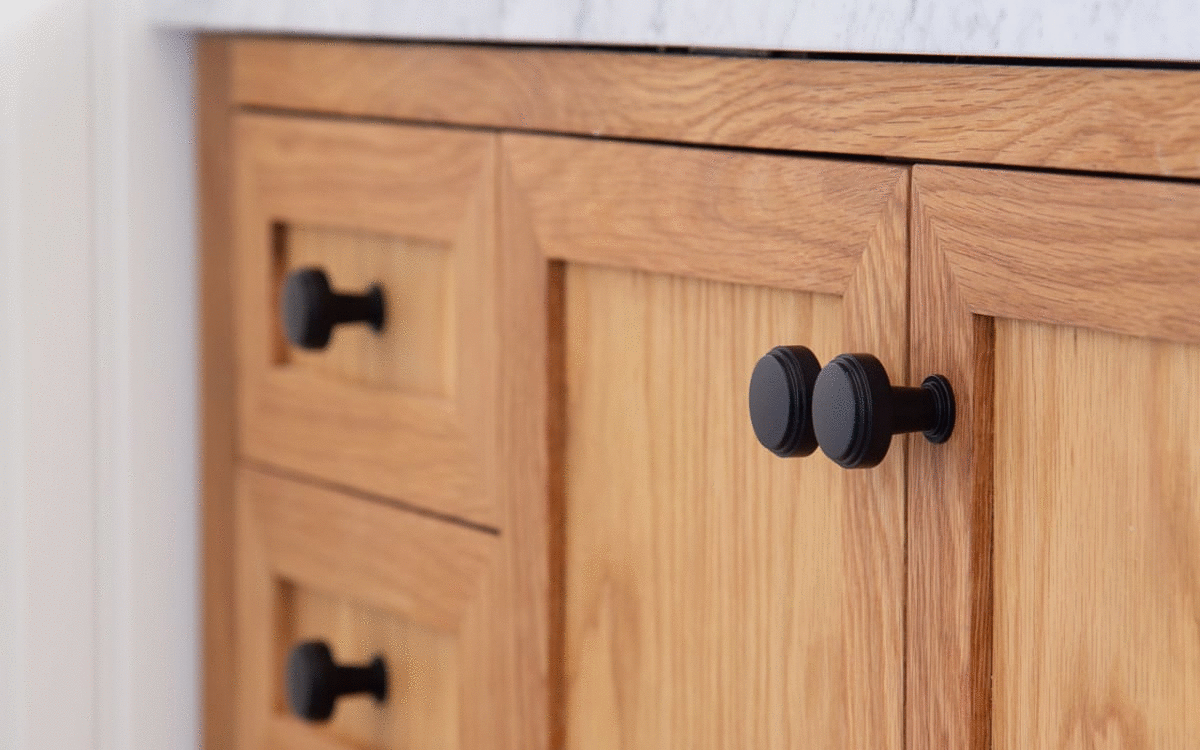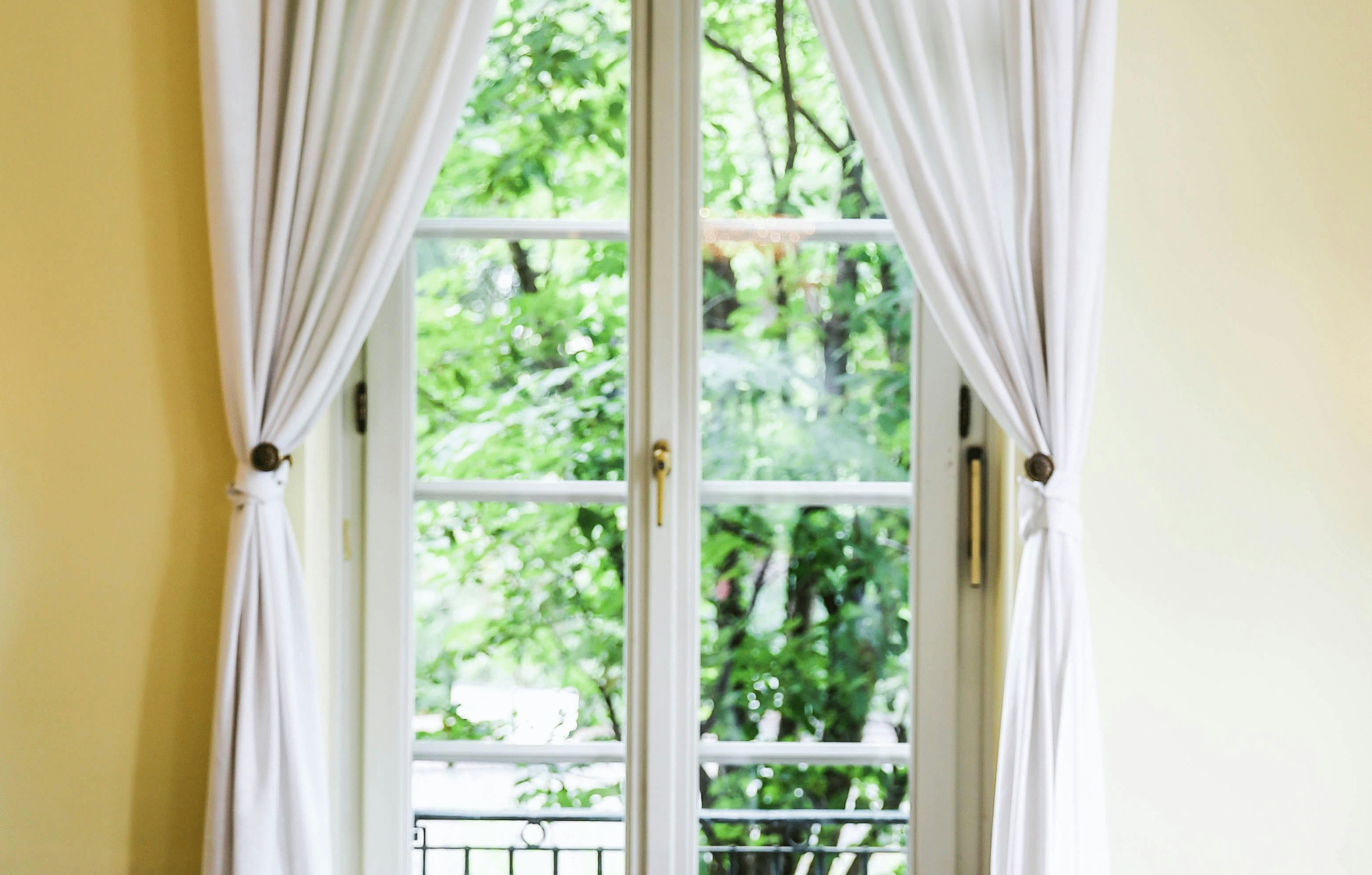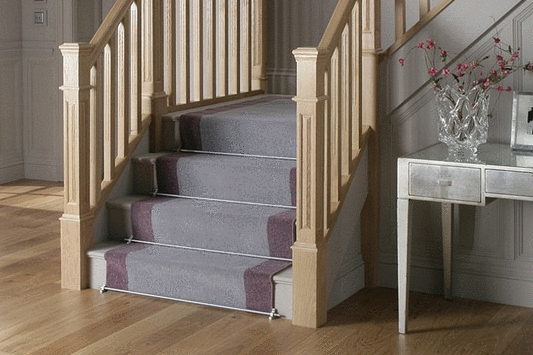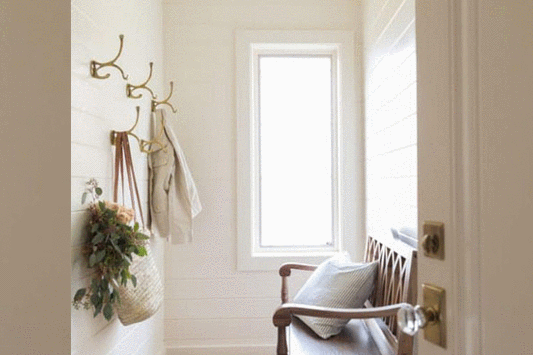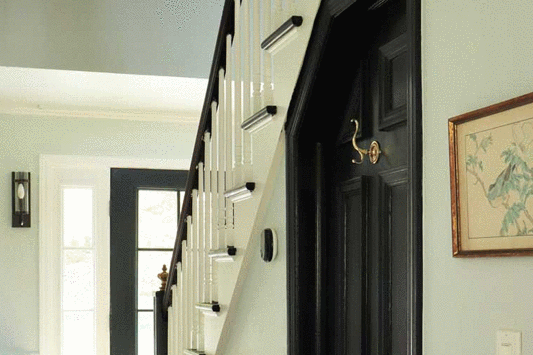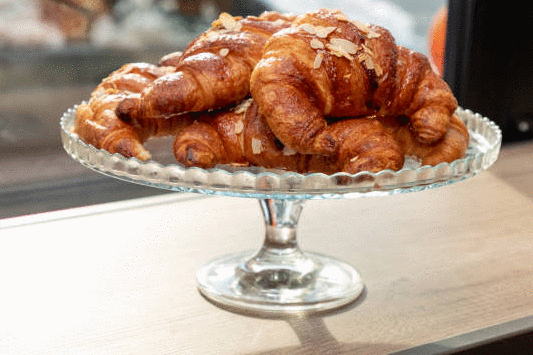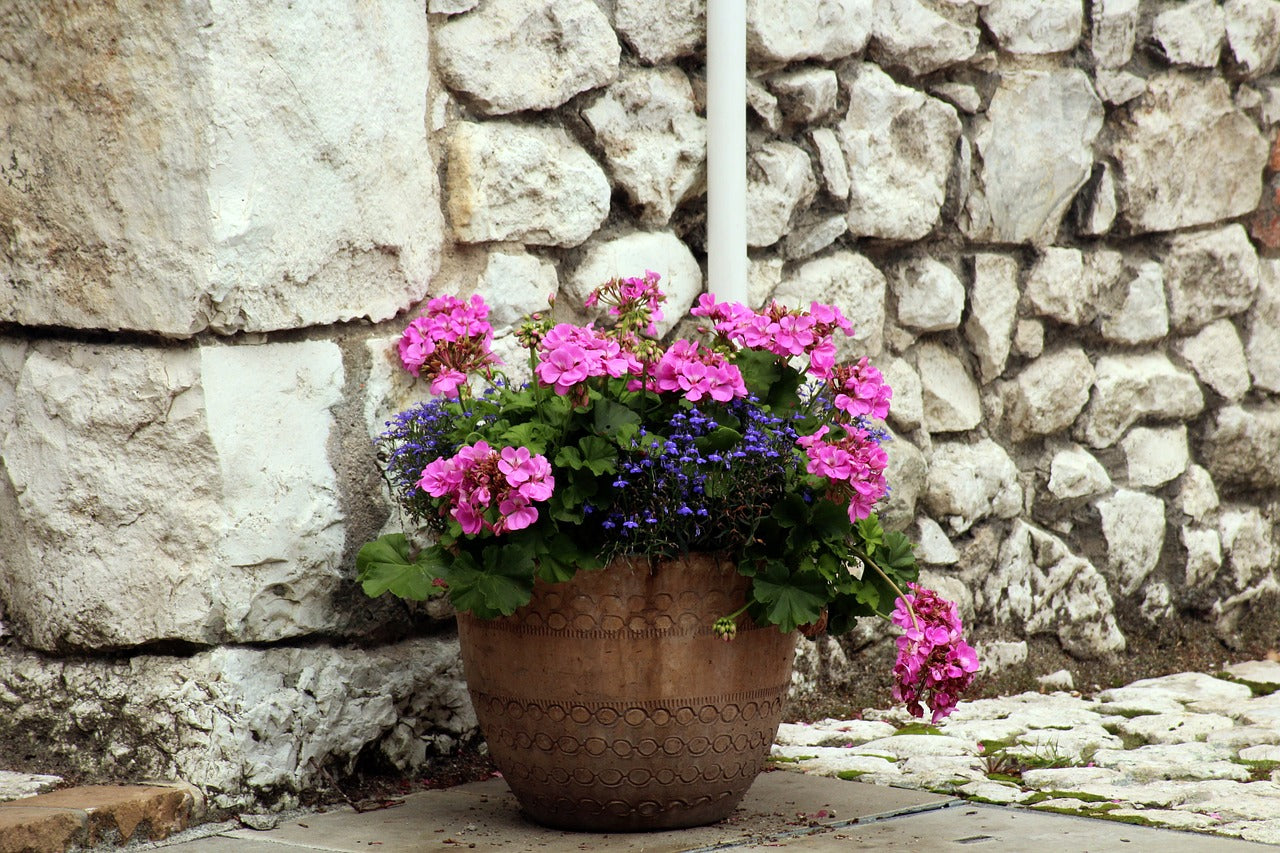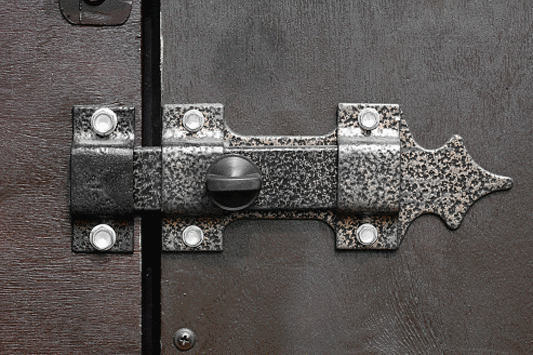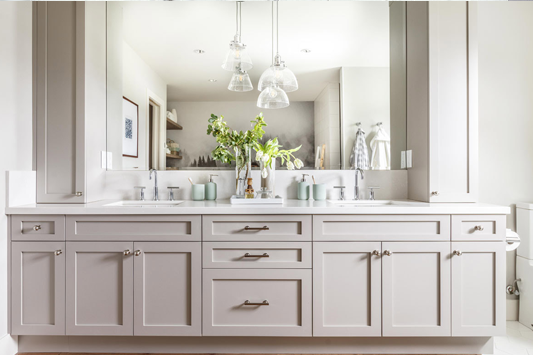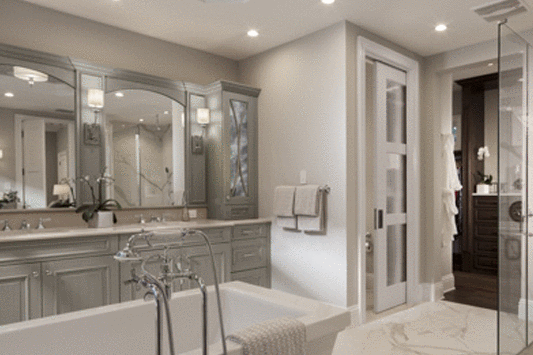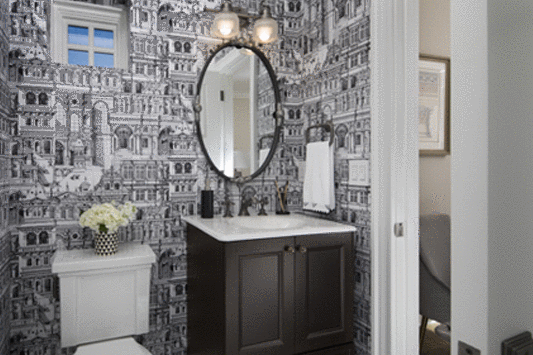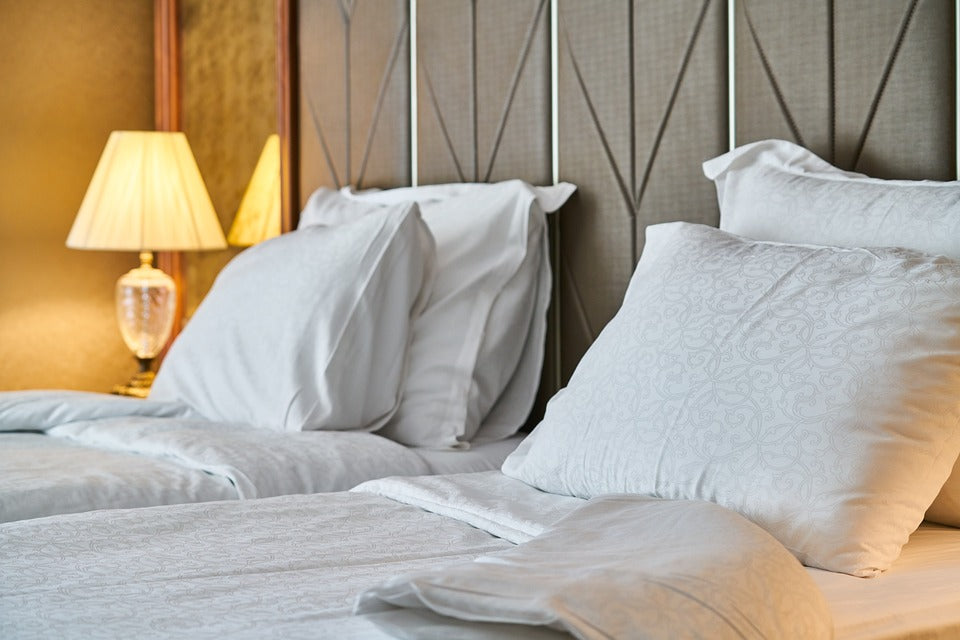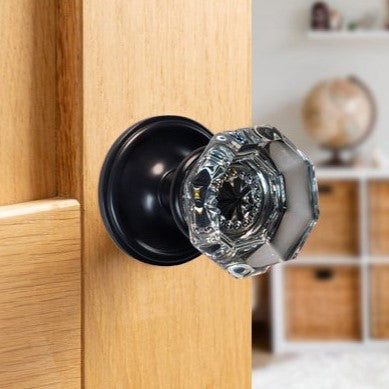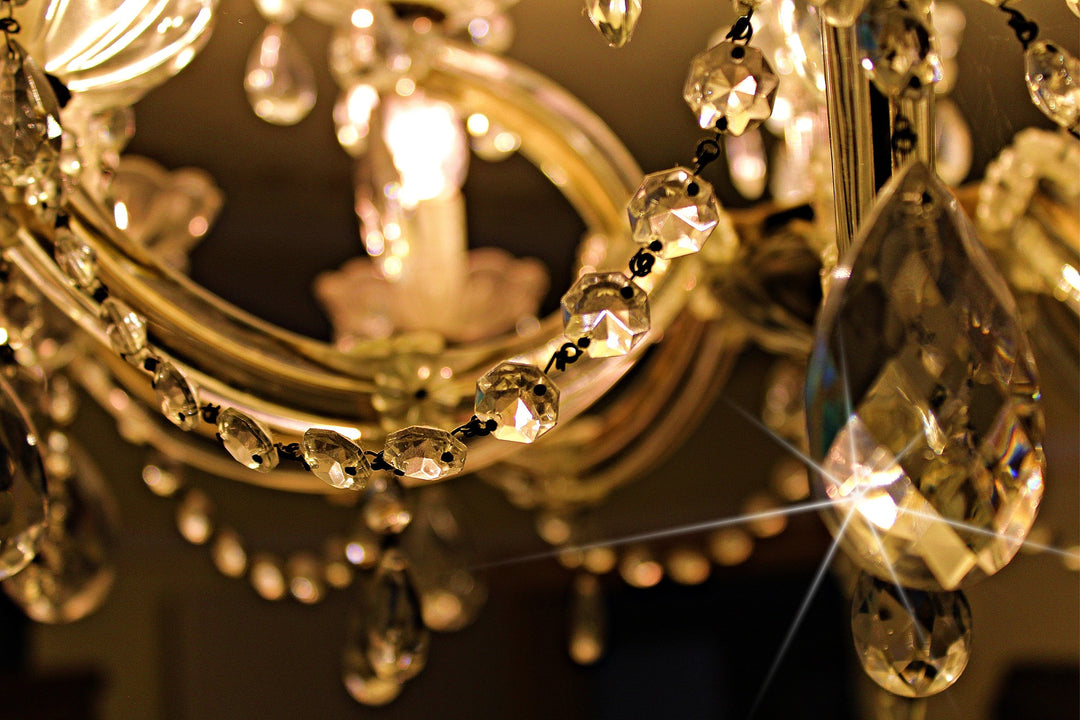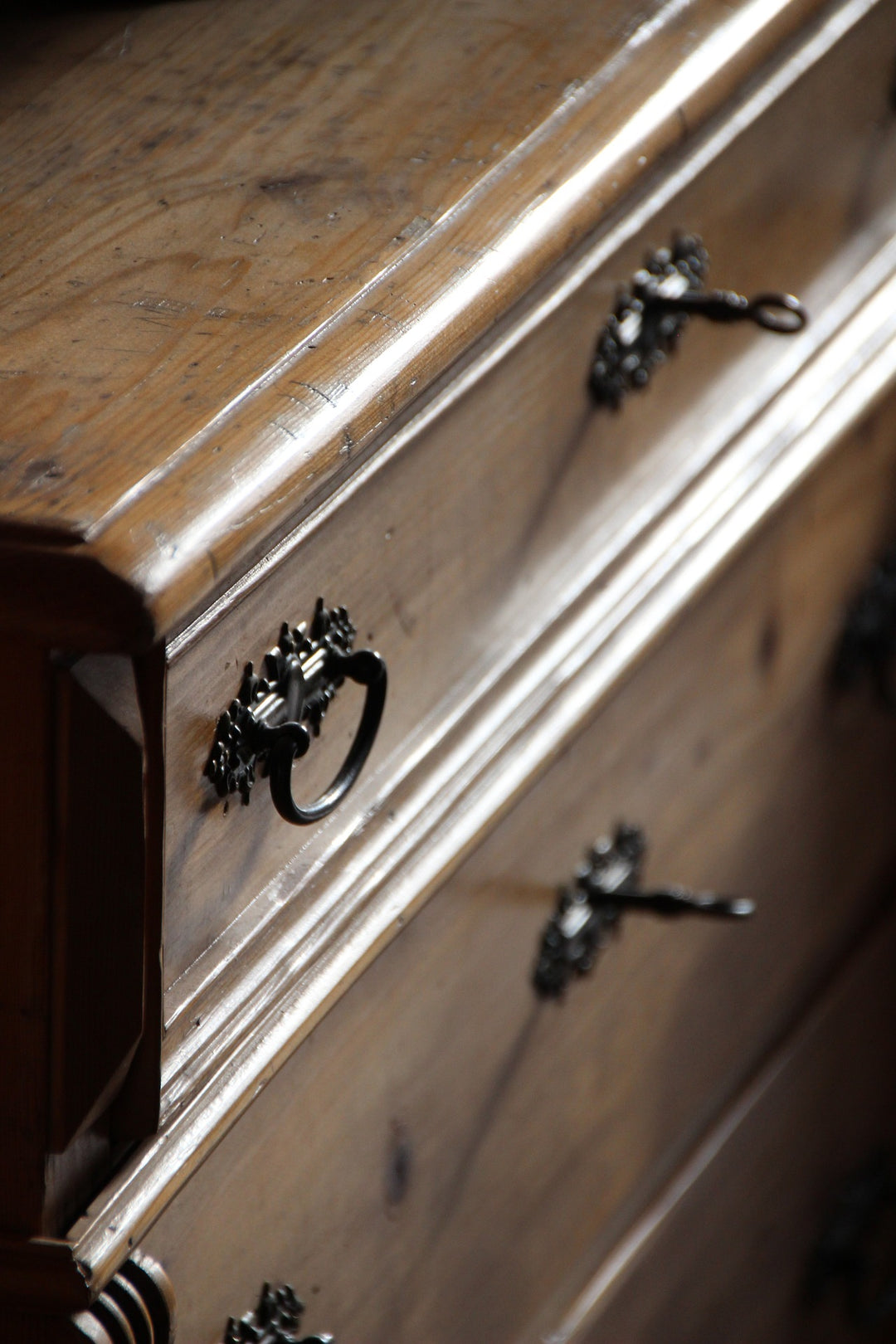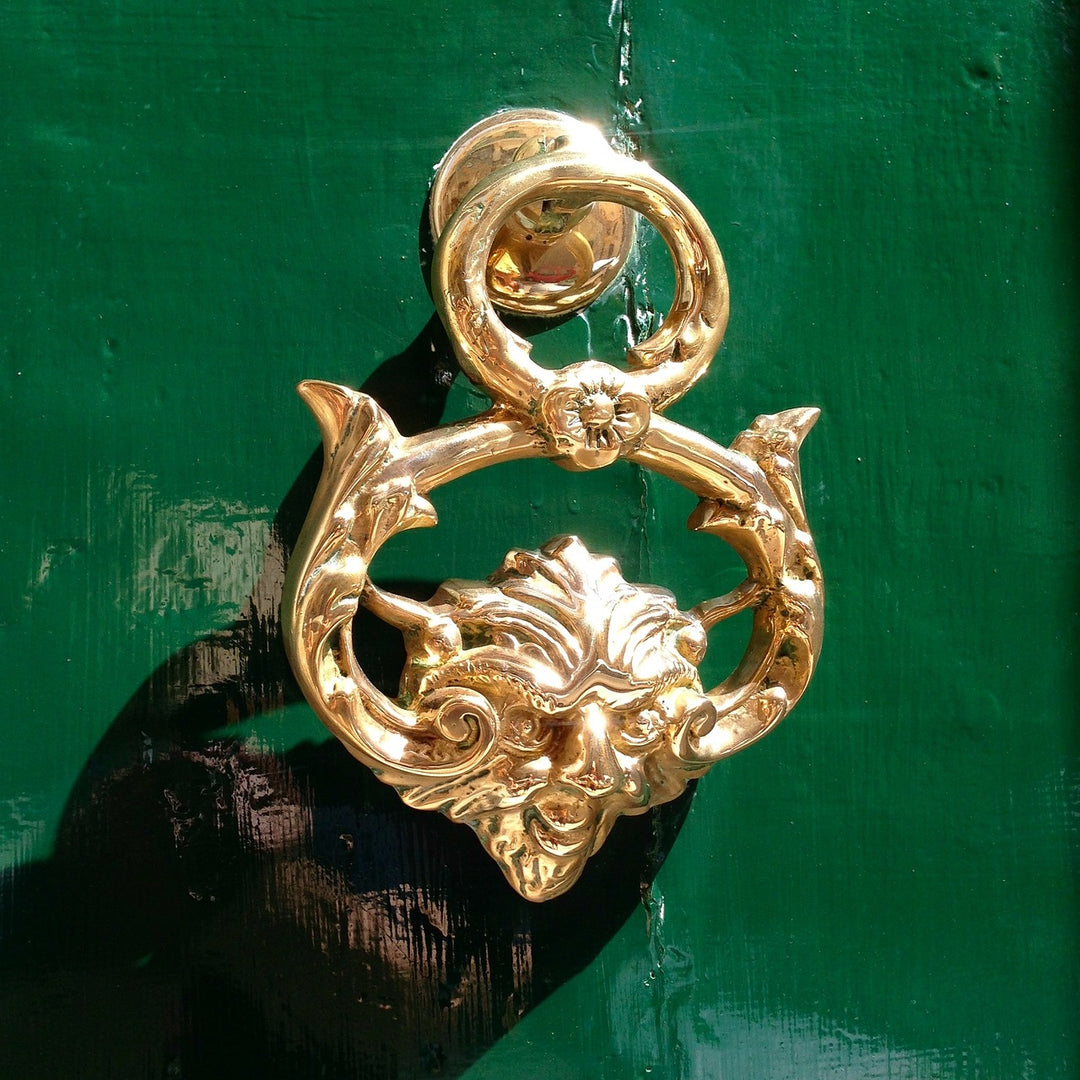Incorporating Antique Hardware into Minimalist Interiors
Incorporating antique hardware into modern minimalist interiors is a design trend that combines the best of both worlds: the clean, sleek lines of contemporary aesthetics and the rich, historical charm of vintage elements. This blend creates a unique and personalized space that speaks to both the past and the present. Here are several strategies for achieving this balance effectively.

Understanding Modern Minimalism:
Modern minimalism emphasizes simplicity, functionality, and a clutter-free environment. It is characterized by neutral color palettes, open spaces, and the use of high-quality, often industrial materials. Furniture and décor in this style are typically straightforward and unadorned, focusing on form and function.

The Appeal of Antique Hardware:
Antique hardware, such as door knobs, drawer pulls, hinges, and light fixtures, often features intricate designs and craftsmanship that tell a story of a bygone era. These pieces can add a touch of warmth, character, and history to modern interiors, making them feel more inviting and lived-in.

Key Principles for Integration:
- Balance and Contrast: The key to integrating antique hardware into a modern minimalist space is balance. The clean lines and simplicity of minimalist design can be complemented by the ornate details of antique hardware, creating a dynamic contrast. For example, a sleek, white kitchen can be elevated with brass antique drawer pulls, adding a touch of elegance without overwhelming the minimalist aesthetic.
- Cohesive Color Scheme: Maintaining a cohesive color scheme is crucial. Antique hardware often comes in brass, bronze, or aged iron finishes, which can blend seamlessly with the neutral tones typical of minimalist interiors. These metals can add warmth and depth to the space, making it feel more inviting.
- Selective Placement: Choose where to incorporate antique hardware carefully. Focus on areas that will benefit from a touch of character, such as the main entrance, kitchen cabinets, or bathroom fixtures. By selectively placing these elements, you avoid clutter and maintain the minimalist ethos.
- Functional Integration: Ensure that the antique hardware is not just decorative but also functional. For instance, an antique door knob should be sturdy and easy to use, while vintage hooks should securely hold items. This blend of form and function is at the heart of both minimalist and antique design philosophies.

Practical Applications:
- Door Hardware: One of the simplest ways to incorporate antique elements is through door hardware. Replace modern door knobs with antique ones to make a subtle yet impactful statement. Look for pieces with patina and character, which can add a unique touch to otherwise plain doors.
- Cabinet and Drawer Pulls: Kitchens and bathrooms are ideal places to introduce antique hardware. Replacing standard pulls and knobs with vintage options can transform the look of cabinets and drawers. Opt for pieces that complement the overall color scheme and style of the room.
- Lighting Fixtures: Antique lighting fixtures, such as chandeliers or sconces, can serve as focal points in minimalist spaces. Their intricate designs contrast beautifully with simple, modern lines. Ensure that the fixtures are rewired to meet current safety standards.
- Furniture Accents: Incorporate antique hardware into furniture pieces. For example, replace the knobs on a modern dresser with antique brass pulls. This creates a cohesive look that bridges the old and new.
- Bathroom Fixtures: Swap out contemporary faucets and handles for vintage ones to add character to minimalist bathrooms. Ensure that these fixtures are compatible with modern plumbing for a seamless integration.

DIY Tips and Considerations:
- Sourcing Authentic Pieces: Finding authentic antique hardware can be a rewarding endeavor. Look for reputable antique shops, flea markets, and online marketplaces. Ensure that the pieces are in good condition and check for any signs of wear that might affect functionality.
- Restoration and Maintenance: Antique hardware may require some restoration before use. Cleaning, polishing, and minor repairs can breathe new life into old pieces. Use appropriate methods and products to avoid damaging the hardware.
- Blending Styles: When mixing antique hardware with modern minimalist interiors, aim for a cohesive look. Avoid overloading the space with too many vintage elements. Instead, let a few key pieces shine as focal points.
- Customization: If authentic antiques are hard to find, consider using reproduction hardware. These pieces are designed to mimic the look of antiques but offer the reliability of new products. Custom finishes can also be applied to new hardware to give them an aged appearance.
- Professional Installation: For more complex installations, such as antique lighting or plumbing fixtures, consider hiring a professional. This ensures that the pieces are safely and correctly installed, preserving their integrity and functionality.

Incorporating antique hardware into modern minimalist interiors is a sophisticated way to blend the past with the present. By carefully selecting and integrating these elements, you can create a space that is both timeless and contemporary. The key lies in balance, functionality, and a cohesive design approach. Embrace the charm and character of antique hardware to add depth and personality to your minimalist home, creating a unique and inviting environment that tells a story of both history and modernity.



